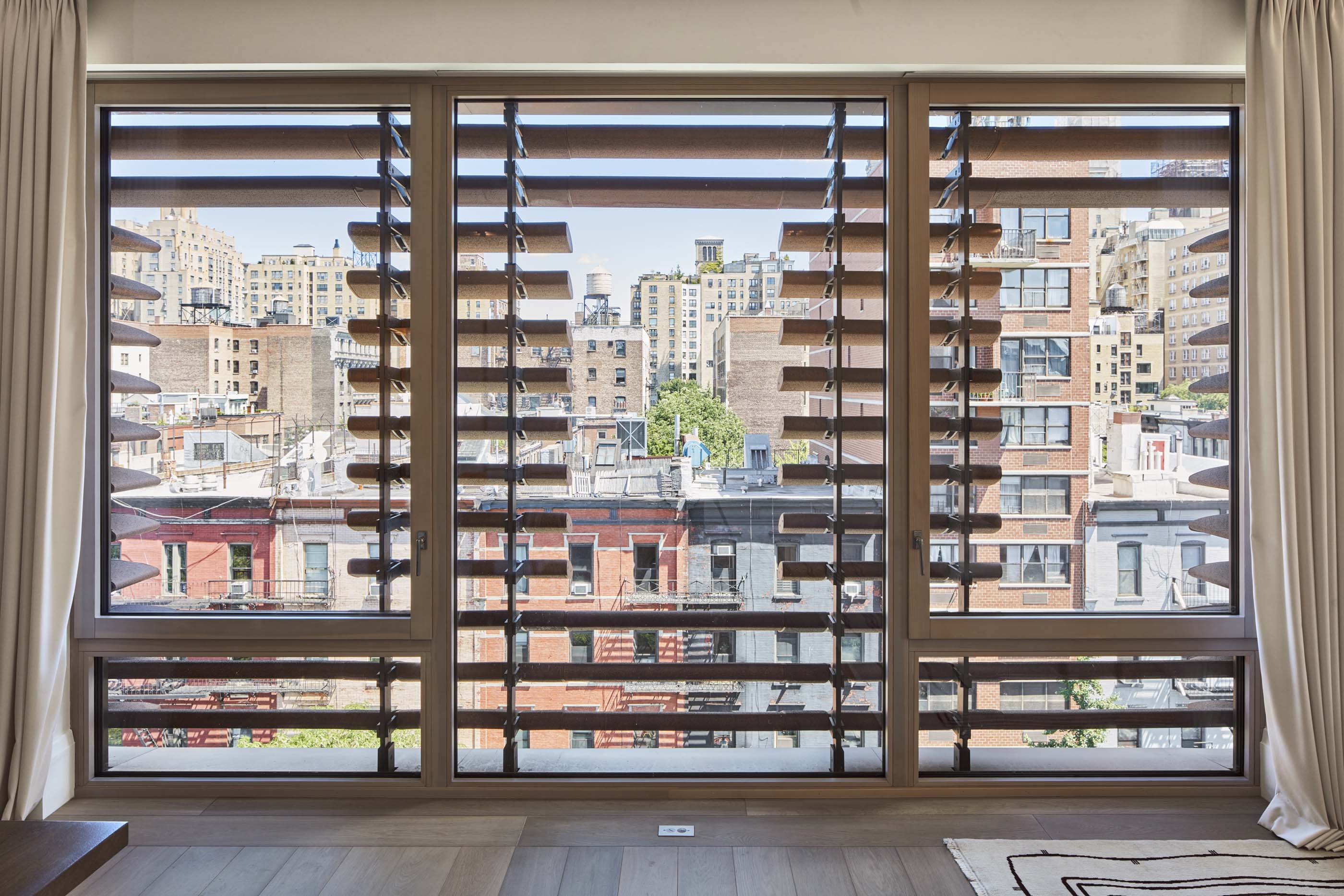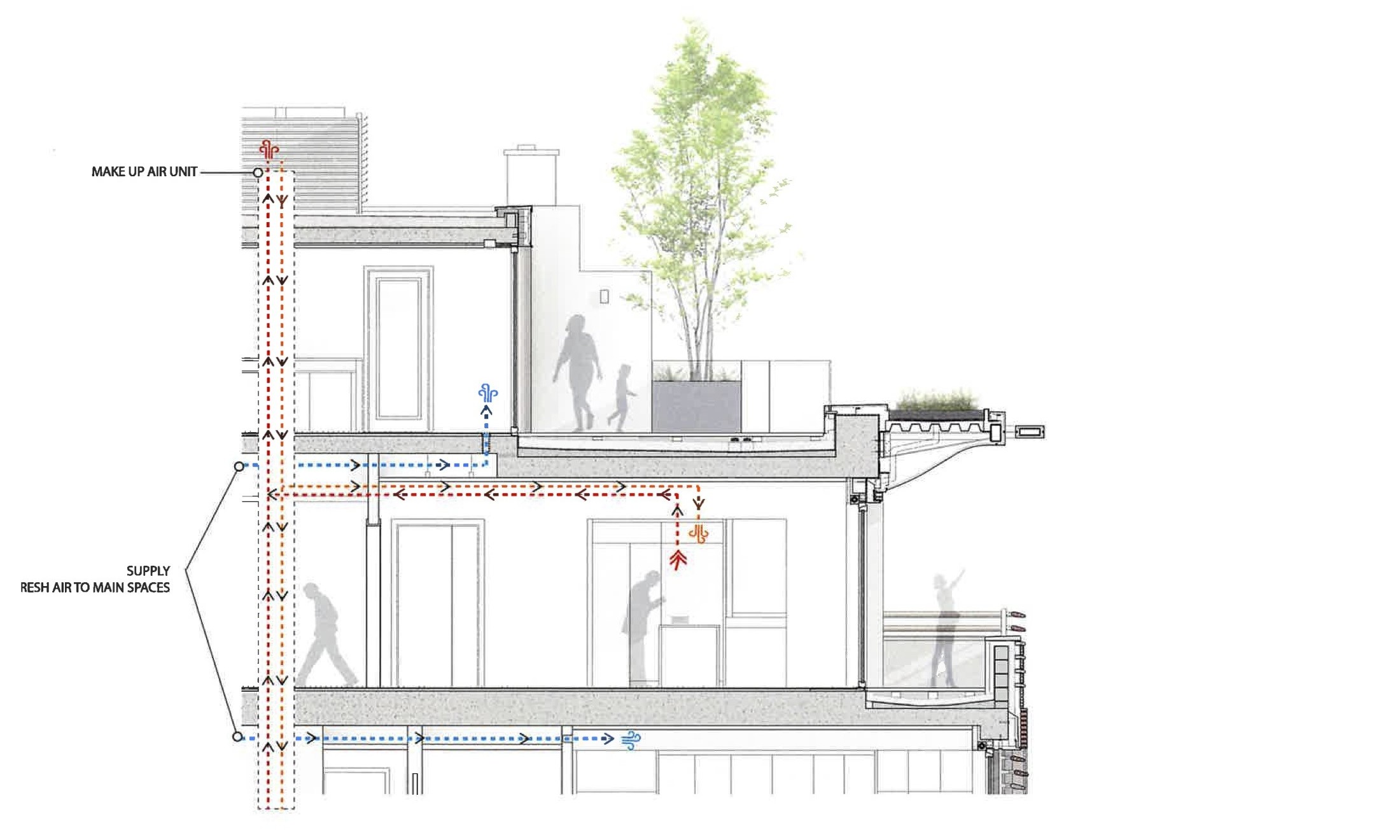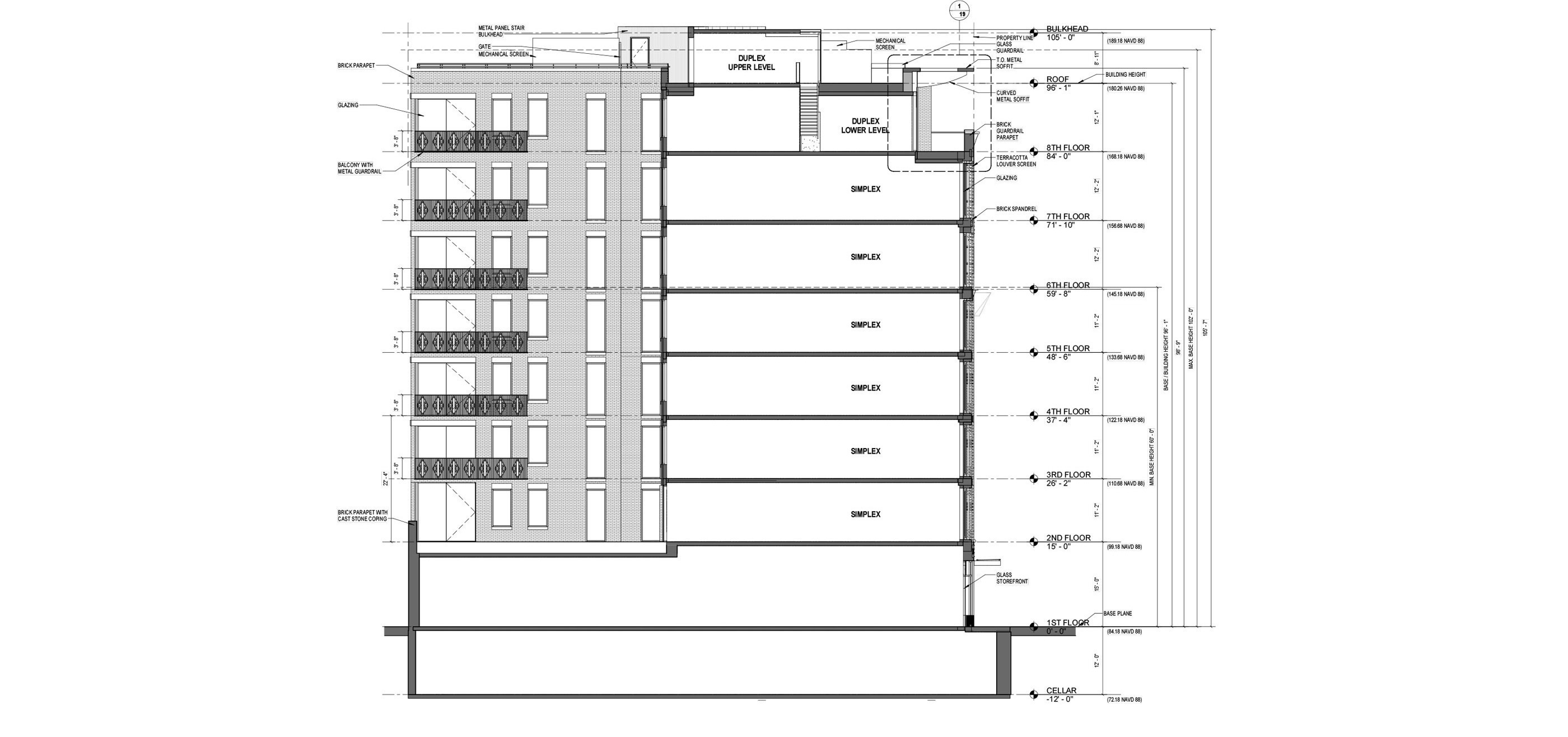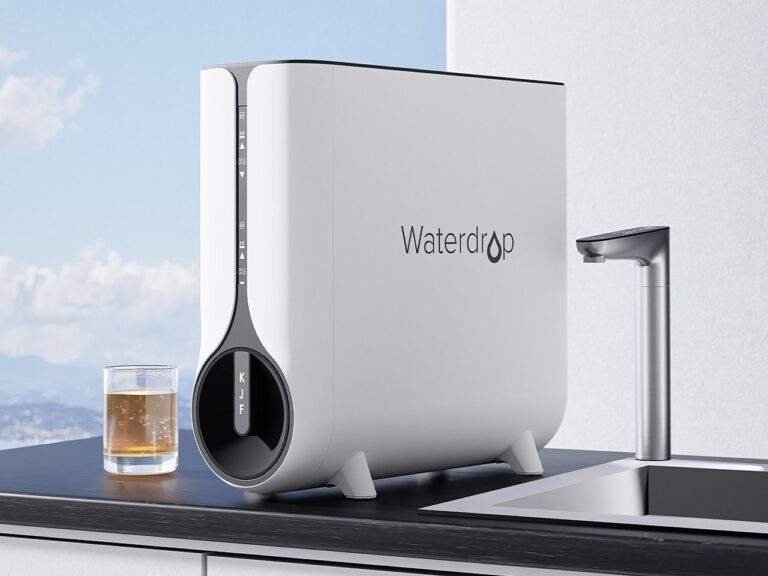Charlotte of the Upper West Side pushes the boundaries of environmental performance in New York City. One of a limited number of ground-up construction projects approved in the Upper West Side Central Park West Historic District in recent years, the building, designed by New York–firm BKSK Architects, rises seven stories on Columbus Avenue between 82nd and 83rd Street. With a terra-cotta and brick facade, the building exceeds Passive House Institute standards and brings a high level of performance to a design that is a product of its neighborhood.
The building contains ground floor retail, a duplex penthouse, and amenities for residents, including a fitness center, and private storage units. Each unit, save the penthouse, contains four bedrooms and a separate master bedroom space, with interiors designed by Alyssa Kapito Interiors and BKSK. Kitchens were designed by Henrybuilt with single-slab marble countertops sourced from Danby Quarry in Vermont.

Developer John Roe, who took a hands-on role for a number of design elements of the building, likened the project to a “Ferrari,” seeking high levels of technical performance and top-grade products. This includes the building’s ventilation system, each unit is equipped with a Zehnder energy recovery ventilation (ERV). Each ERV has a MERV 13 filter, which BKSK cites as being 30 times more energy efficient than traditional fiberglass filters. A variable refrigerant flow HVAC system filters fresh air into each unit, while bringing stale air out in a loop that uses less-than average energy usage when compared to traditional HVAC systems. Controls installed in each unit allow residents to manually control this exchange of air, and Roe said that he looks forward to residents taking charge over the air in their own interior.
During summer months, the ERV system will extract heat and humidity from fresh air entering the interior, and in the winter, the system will retain heat and humidity from the air exiting the building to avoid drying out interior spaces. Altogether, this will maintain a more constant interior temperature, mitigating the effects of energy cost spikes and power outages, according to BKSK. The filtration system also incorporated Ultraviolet C energy—an addition to the system’s design during the pandemic—which will help to kill germs and viruses. BKSK noted that Charlotte will be one of the city’s first residential buildings with this feature.

All of this is enabled by a tight building envelope, presented with a facade that harkens to the neighborhood’s historic character. As BKSK partner Todd Poisson—a longtime neighborhood resident—explained, inspiration for the facade initially came from The Lucerne, the historic hotel, located a few blocks away, features a brick and terra-cotta facade. Poisson and the design team sought a building slightly higher than surrounding ones that still maintained the feel of the Upper West Side to pass through the Landmarks Preservation Commission approval process, which began in 2016. This met approval with a corbell after the fifth floor—at the height of most surrounding buildings—and a slight setback on the floors above it.

The brick facade features an array of terra-cotta baguettes, which provide privacy in front of the floor-to-ceiling windows, and solar shading to not obstruct views from the interior. While clearly visible from the exterior, the terra-cotta is also visible from within the units. The terra-cotta was placed in an obvious position so as when one is looking outside they can appreciate the material itself, which would otherwise often go unnoticed on a standard residential brick facade. The armatures securing the terra-cotta and aluminum system to the facade are also visible, and while at first glance residents may not realize that the system was hung into place, the visible screws are a reminder of the work behind manufacturing and installation. Poisson noted the importance of working with manufacturers throughout the design process—particularly with customized terra-cotta—and members of the design team traveled to Italy to assess mock ups in the factory.

The glazing was also crucial to the building’s passive house design, and includes triple-paned quadruple-layered museum quality glass. BKSK associate William Russell emphasized the choice of Guardian UltraClear low iron glass as being crucial to maintaining clarity through that many panes, avoiding a darker tint that would otherwise be visible through so much glass. The choice of glass also provides ample soundproofing, with little to no noticeable exterior noise from the interior during busy times of the day.
The effect of the terra-cotta from the street is almost metallic under in spots—furthered by the metal speck in the terra-cotta—and the lack of wear is noticeable in comparison to nearby facades. However, the symmetry of the design, and slight setbacks on the upper floors, make it inconspicuous when looking up Columbus Avenue.


